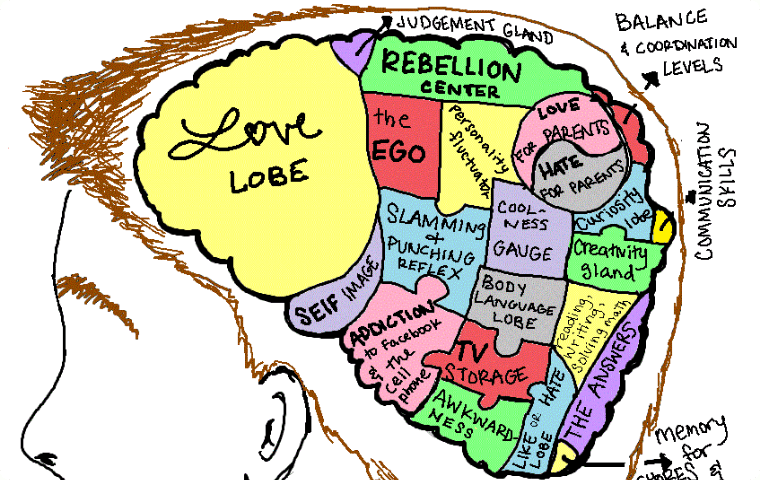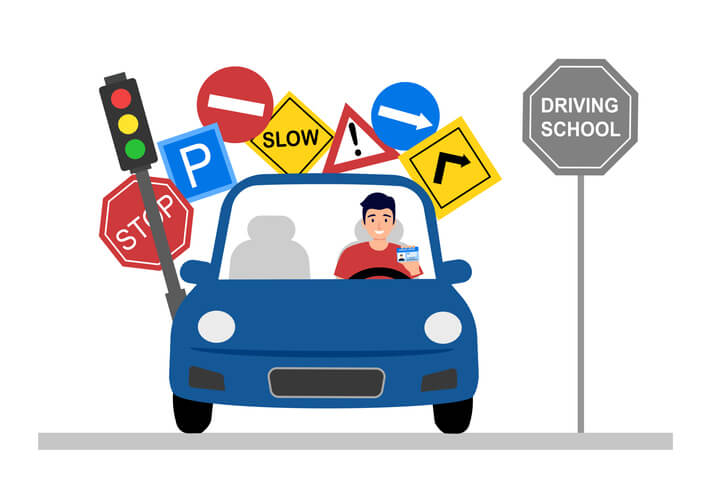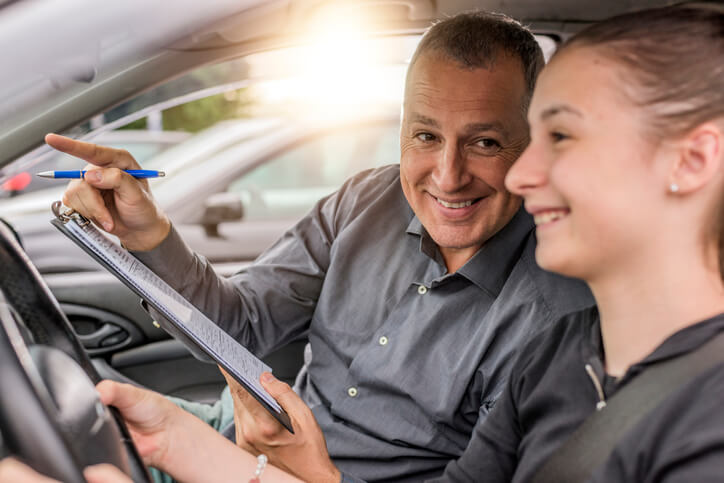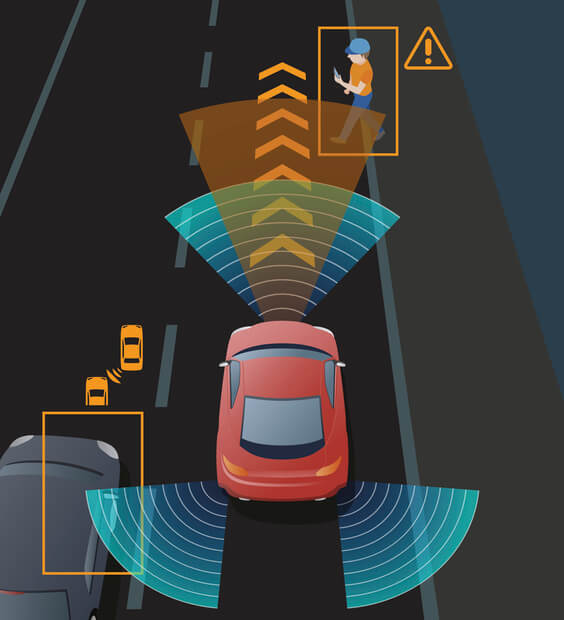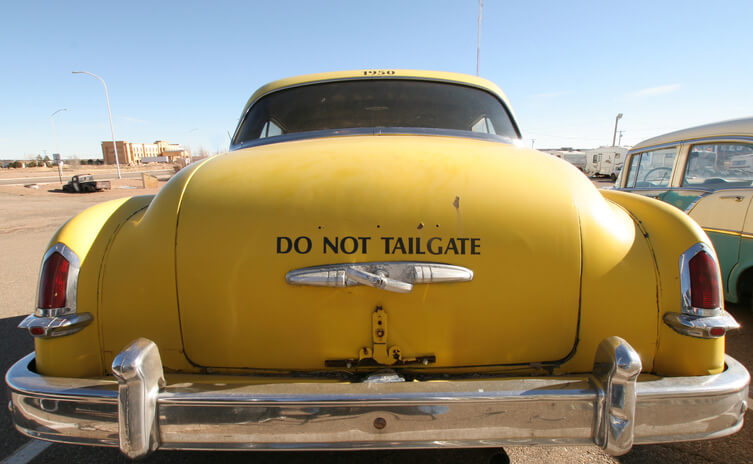It’s a common refrain, “Getting a driver’s license is a rite of passage!” That is true. Getting a license is an essential step toward independence and adulthood. However, getting behind the wheel can be intimidating, overwhelming, and downright scary for some. If you’re one of those teenagers struggling with driving anxiety, don’t worry – you’re not alone.
In fact, studies have shown that up to 20% of new drivers experience some level of driving anxiety. But don’t let it hold you back from reaching your goals. With the right mindset, preparation, and support, you can conquer your driving anxiety and become a safer and more confident driver.
What is driving anxiety?
Driving anxiety, also known as driving phobia, is a type of anxiety disorder affecting people who are afraid of driving or riding in a car. It can manifest in any number of ways, including fear of losing control, fear of getting into an accident, fear of getting lost, fear of driving on highways or bridges, and fear of driving in traffic. Some people may also experience physical symptoms such as sweating, trembling, rapid heartbeat, and shortness of breath.
What causes driving anxiety?
Understanding the causes of driving anxiety is the first step toward overcoming it. There are many factors can contribute, including:
- Previous traumatic driving experiences (such as accidents, near misses, or incidents of road rage)
- Fear of the unknown (such as driving in unfamiliar areas or bad weather)
- Negative self-talk (such as telling yourself you’re not a good driver or that you’ll never be able to conquer your anxiety)
- Lack of confidence (such as feeling like you’re not in control of the car or that you’re not a good judge of speed and distance)
- Pressure from others (such as parents, friends, or peers who expect you to drive)
How to overcome driving anxiety
Remember, it’s not just you! The good news is that driving anxiety is a common, and with the right knowledge you can move past it and onto the road. Here are some tips and tricks to help you overcome your fear of driving:
- Take a driving course
A driving course can help you gain the skills and knowledge you need to feel more confident behind the wheel. Look for a course that focuses specifically on anxiety reduction, such as a defensive driving or traffic school program.
2. Practice makes tranquility
The more you drive, the more comfortable you’ll feel. Start by driving in low-pressure situations, such as on quiet residential streets or in an empty parking lot. As you gain confidence, gradually work up to more challenging situations, such as driving on the highway or in heavy traffic.
3. Use relaxation techniques
Deep breathing, meditation, and visualization can all help you relax and reduce your anxiety while driving. Practice these techniques before you get behind the wheel, and use them when you feel anxious while driving.
4. Challenge your negative thoughts
Negative self-talk can be a significant contributor to driving anxiety. Whenever you find yourself experiencing negative thoughts about driving, challenge them with positive affirmations. For example, if you find yourself thinking “I’m a terrible driver, or I’m going to get into a collision,” replace that thought with, “I’m getting better every day, and I know how to avoid dangers on the road.”
5. Seek support
Talking to friends, family members, or a mental health professional can be helpful in reducing your driving anxiety. Don’t be afraid to ask for help; remember, you’re not alone in your struggle.
Common driving anxiety triggers and how to cope with them
Understanding the causes of your anxiety is critical. By recognizing the circumstances and situations that cause your anxiety responses you can begin to move past them. Here are some common driving anxiety triggers and tips for coping with them:
Trigger: Driving on the highway or freeway
Coping strategy: Start by driving on quiet highways or freeways with little traffic. Practice merging onto the highway and changing lanes, and use the right-hand lane if you’re not comfortable driving at high speeds.
Trigger: Driving in heavy traffic
Coping strategy: Practice defensive driving techniques such as maintaining a safe following distance, scanning the road ahead, and anticipating the actions of other drivers. Avoid rush hour traffic if possible, and take alternate routes to avoid congested areas.
Trigger: Driving in bad weather
Coping strategy: Preparation
- Check the weather forecast before you drive, and avoid driving in bad weather if possible.
- Sometimes you’ll have to drive in bad weather. If you do, slow down and leave extra space between your car and other vehicles.
- Use your headlights and turn signals to make yourself more visible, and be extra cautious on wet or icy roads.
Trigger: Driving at night
Coping strategy: Make sure your headlights are clean and properly aimed, and use high beams on dark roads (but be sure to dim them when there’s oncoming traffic). Avoid driving when you’re tired or drowsy and take breaks every couple of hours to rest your eyes and stretch your legs.
Remember, everyone’s journey to becoming a confident driver is different, and it’s okay to take things at your own pace. Don’t be too hard on yourself if you don’t feel comfortable driving in certain situations immediately. With practice, patience, and the proper support, you can conquer your driving anxiety and enjoy the freedom and independence that comes with being a licensed driver.
Conclusion
Driving anxiety can be a major obstacle for teenagers who are getting their driver’s licenses, but it doesn’t have to be a roadblock. With the right mindset, preparation, and support, you can overcome your fears and become a confident and safe driver. Remember to take things at your own pace, challenge your negative thoughts, and seek help if you need it. With time and practice, you’ll be cruising down the road with confidence and ease while looking back on your experience as the rite of passage it should be.
Liam Hoch researches and writes about safe driving for DriverZ.
Having been a passenger in multiple near-catastrophic vehicle collisions, Liam knows first-hand the dangers of distracted, reckless, and unsafe driving.
Passionate about our core principles of helping to make safer drivers and, ultimately, saving lives, Liam stays at the forefront of driving safety innovation and research.




